Your bareroot order has arrived!
With a few thoughtful steps, you can set your trees and shrubs up for lasting success. Bailey Nurseries has the resources to guarantee your bareroot trees and shrubs not only survive but thrive.
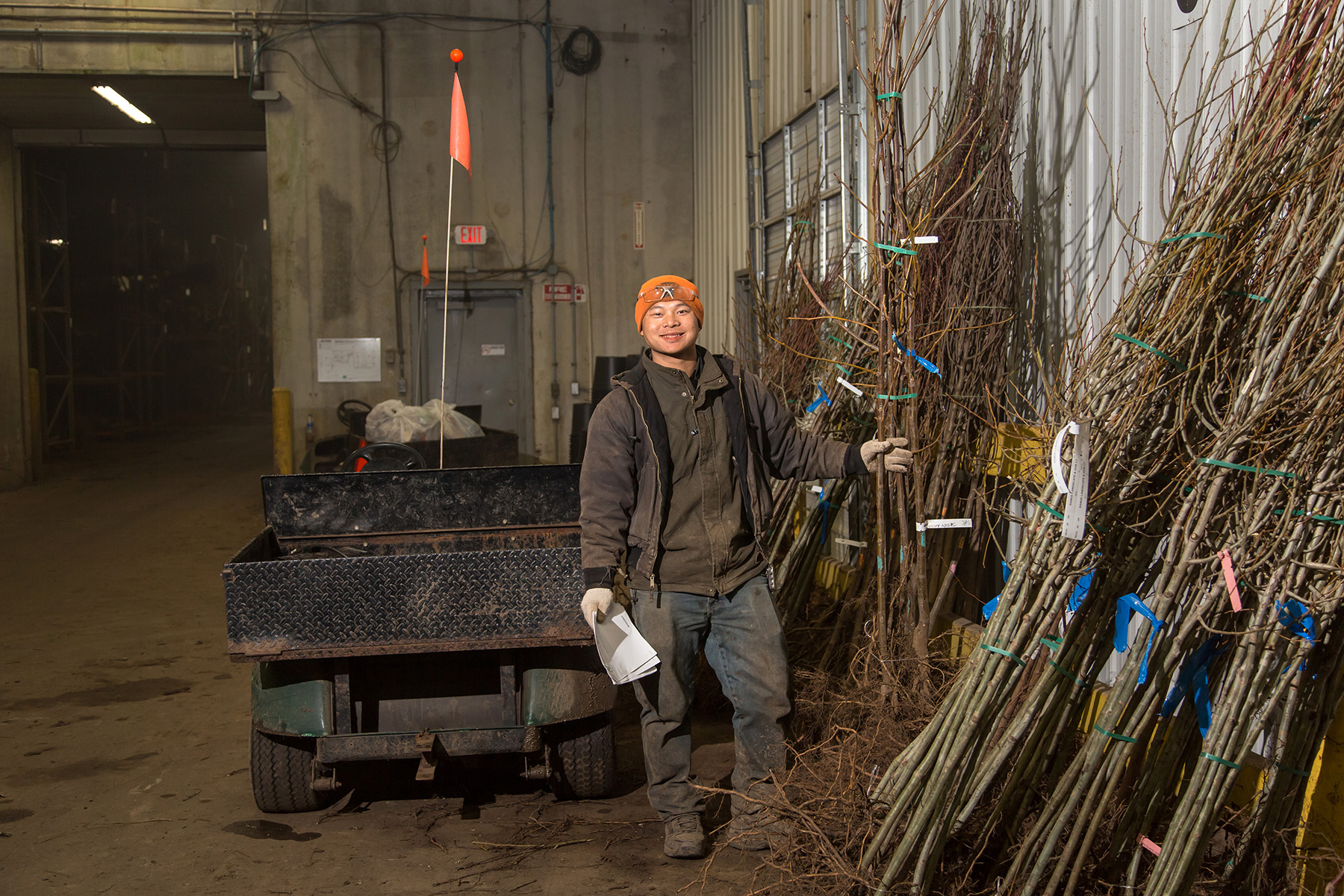
Why Bareroot?
Bareroot plants offer an excellent foundation for growth, thanks to their well-developed root systems and ease of handling. They’re also an efficient, cost-effective option making them ideal for early-season planning and large-scale plantings. Bareroot gives you the ability to stay ahead of schedule while securing key varieties from our diverse selection. It’s a smart, reliable way to get growing.
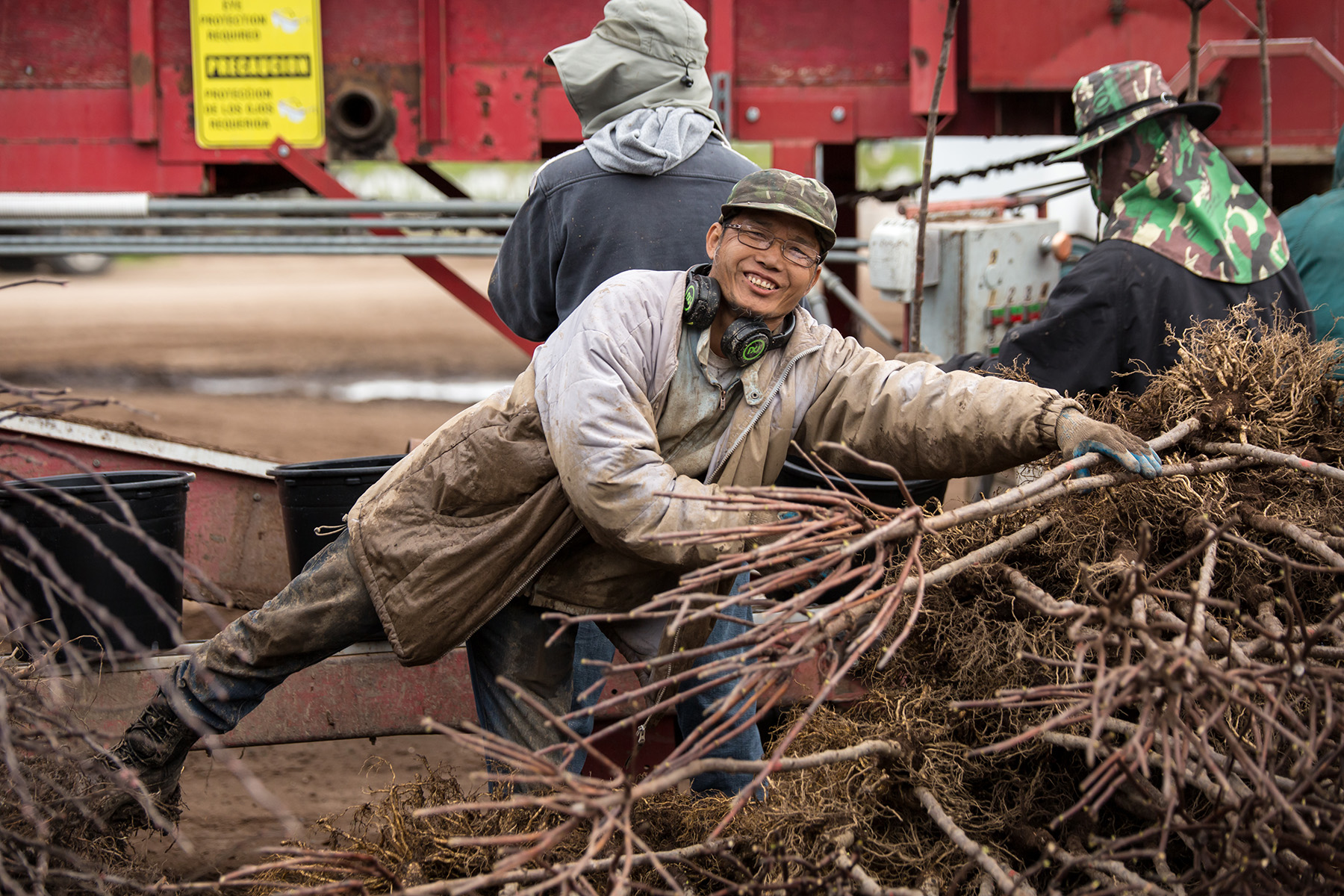
Handling Bareroot Plants and Why Moisture Matters
Whether you’re using bareroot for a landscaping job, liners for field production, or at retail, the key to their success is water. Since bareroot plants lack soil around their roots to keep them moist, they require more water than a planted tree would. Before shipping, we ensure the plants receive ample water via high humidity and hand watering. For longer shipments, we cover the roots with wood chips and/or treat them with a moisture-retaining solution to keep them hydrated throughout transit.
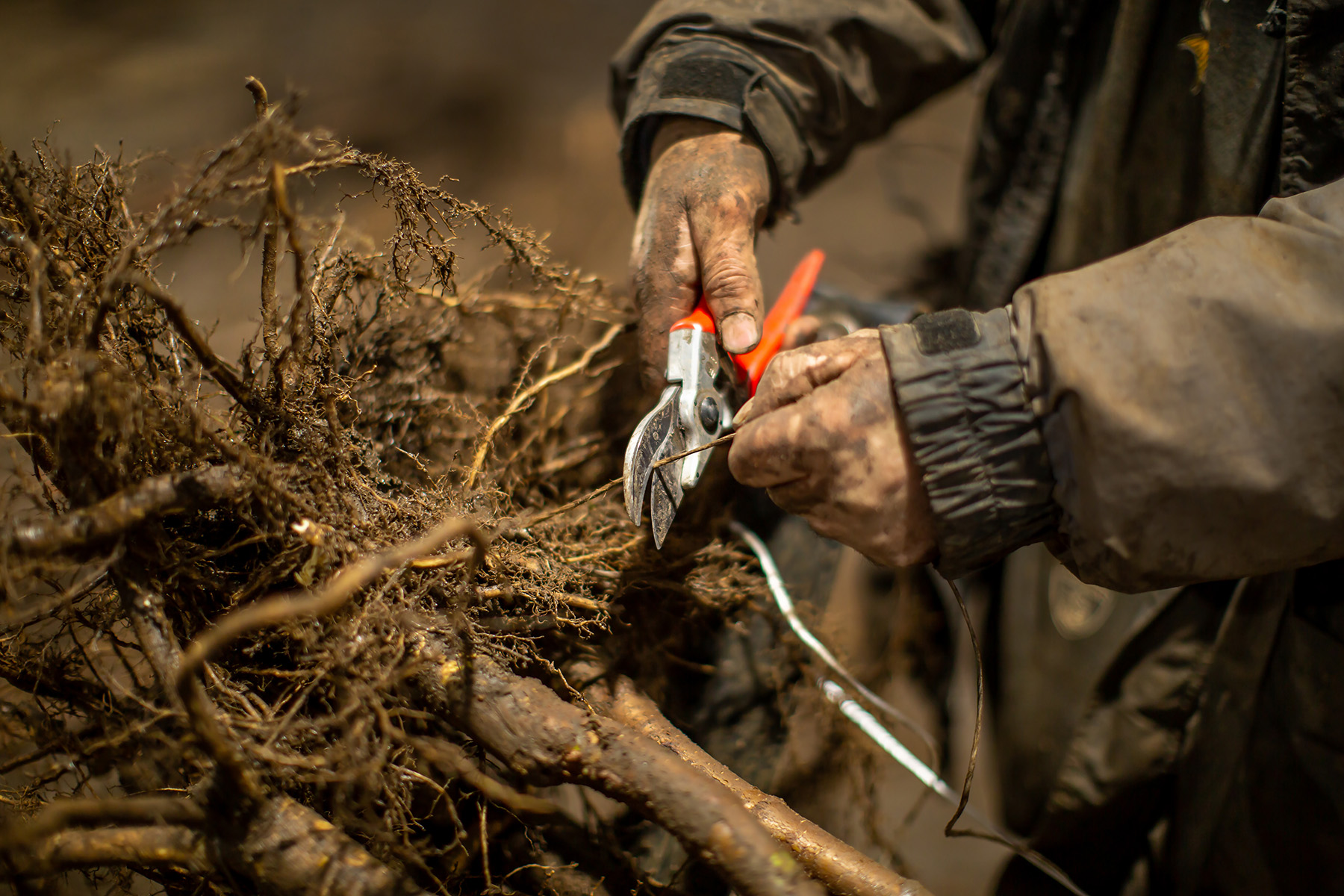
Can’t Plant Right Away?
Water is essential for maintaining dormancy and for waking the plants up. You’ll know your plants are breaking dormancy when the buds begin to swell. If you need to delay planting, store your plants in a cool, dark place, ideally around 40°F. Keep the roots moist but not soggy, and ensure good air circulation to prevent disease and root rot.
For delays exceeding a week, consider heeling-in, a method used to temporarily store bareroot plants. To do this, dig a trench in soil or sawdust/chips, position the plant roots against the steep side, and cover them with soil or sawdust. Be sure to soak the roots well before covering.
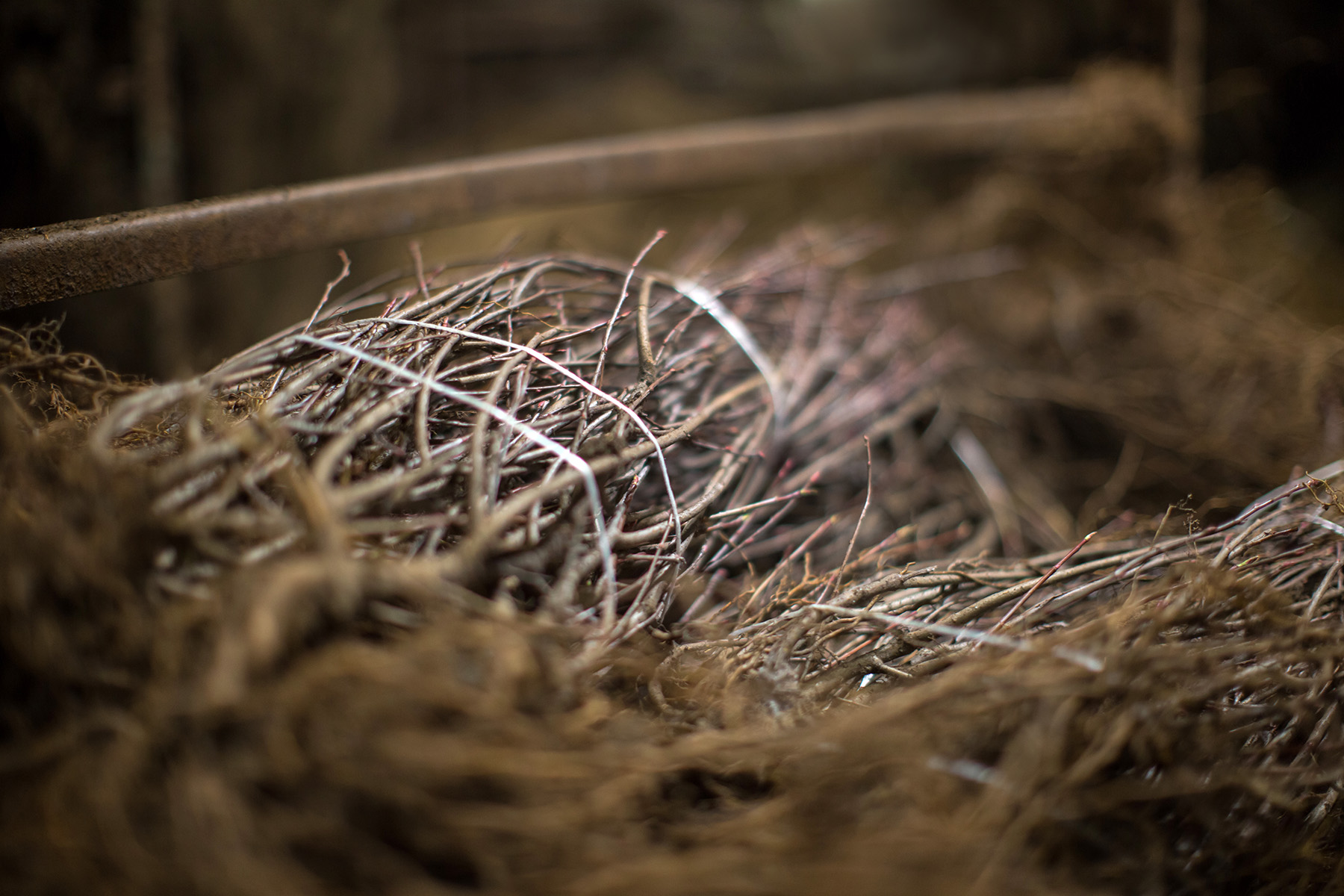
Ready To Plant!
The most common method to prepare bareroot plants for planting is soaking the roots in water. This should be accompanied with temperatures at or above 45°F. This signals the plants that it’s time to wake up. Depending on the species, soaking can range from one to two days to a couple of weeks. Once plants begin breaking dormancy, you can trim any dead roots or broken branches in preparation for planting. At this stage, they’re ready to be potted or planted directly into the ground.
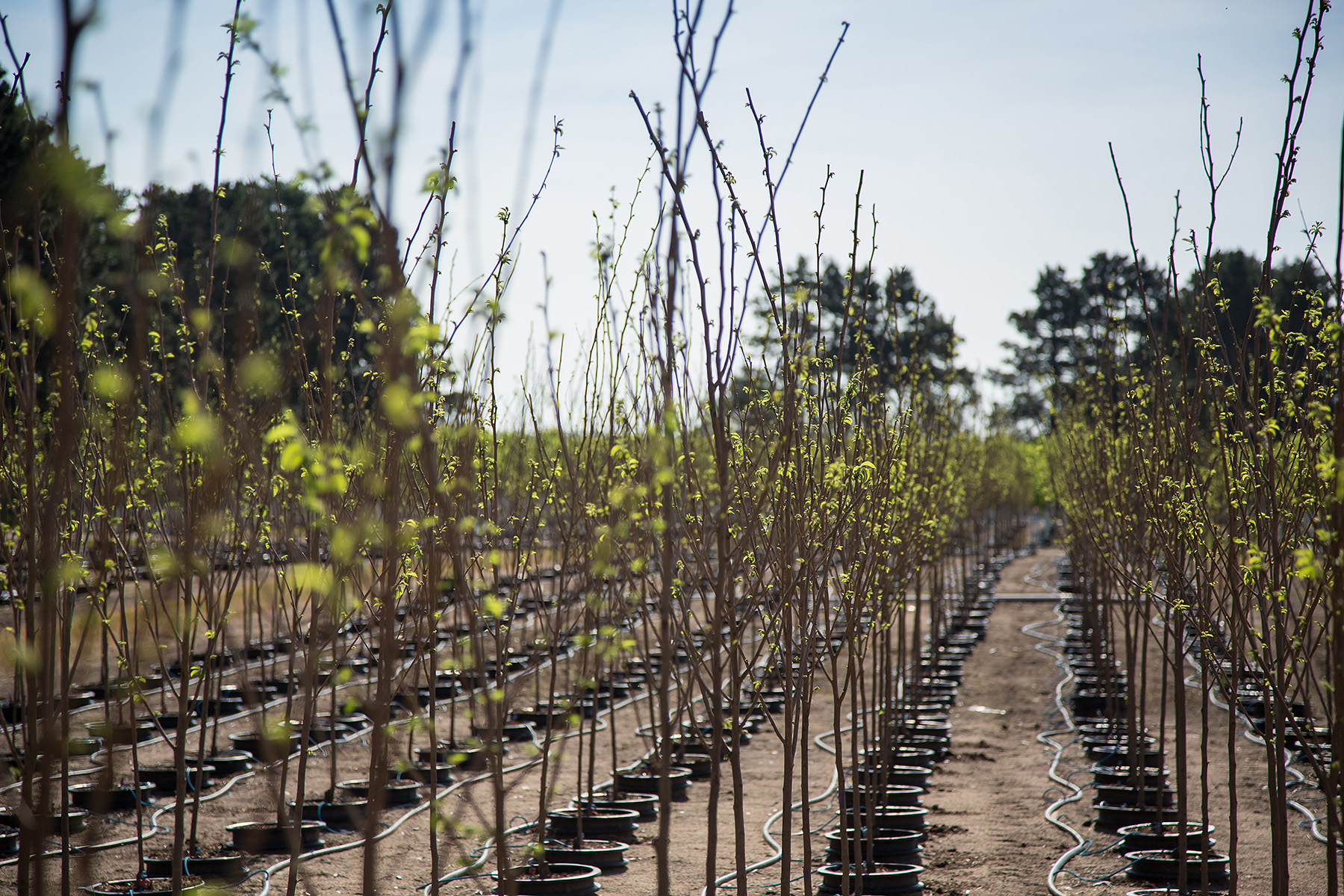
Some plants require additional effort to wake up. Sweating is a process used to encourage bud break. This is used for birch, oak, redbud, ash, linden, honey locust and others. Some trees may need other sweating times than others. After the plants are well hydrated, they are placed indoors with a moderate temperature around 50-60°F. Cover the roots with a wet packing material like straw, woodchips or burlap and then cover the entire plant with clear plastic. Seal the edges to trap the humidity and create a sauna-like effect. Check your plants daily for bed swelling and plant as soon as possible, weather permitting, to avoid freezing or drying out the new buds.
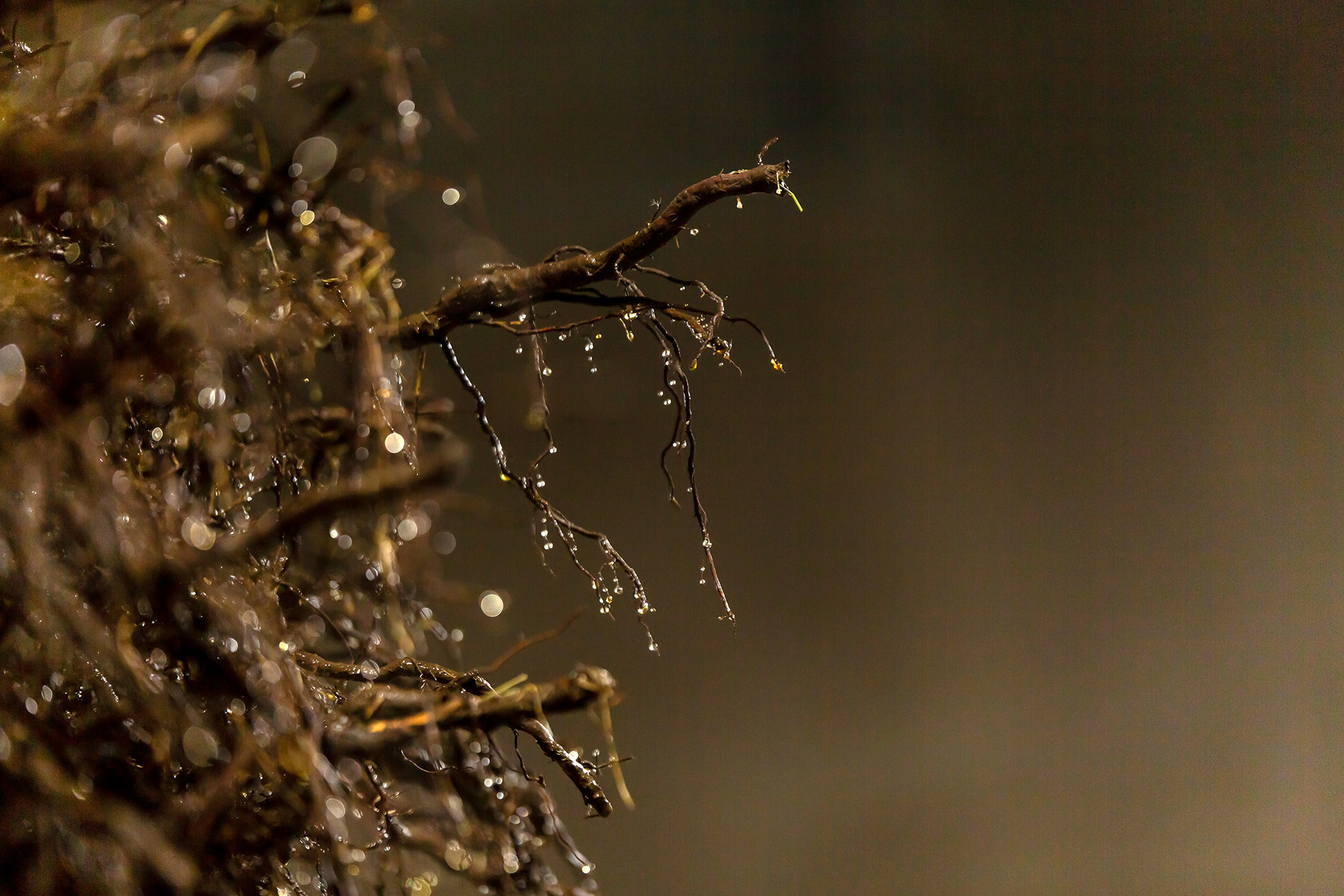
Additional Resources
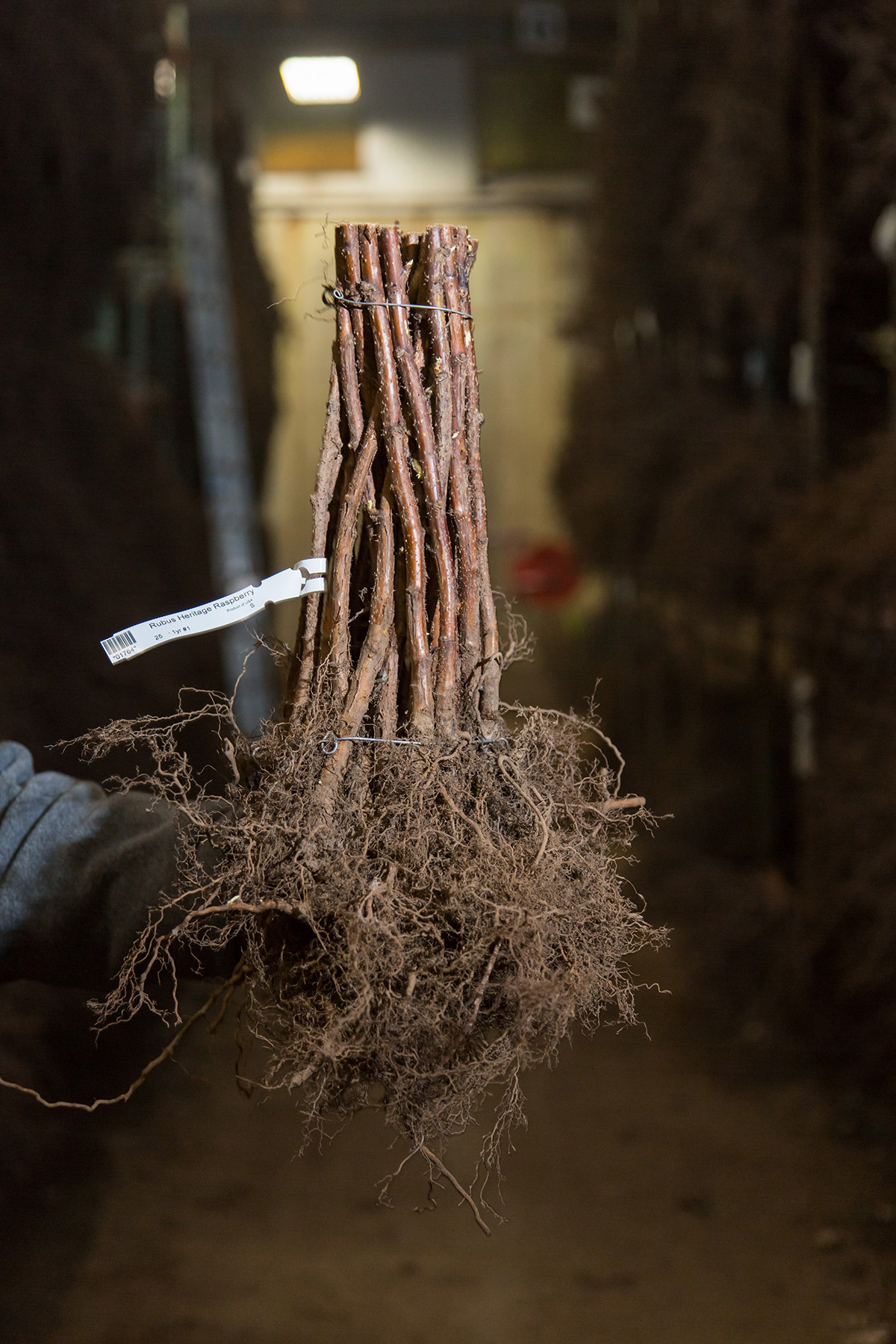
By properly handling, storing, and preparing your bareroot plants, you can ensure they establish strong roots and thrive in their new environment. Whether you’re planting immediately or need to delay, following these best practices will help maximize their success. With the right care, your bareroot trees and shrubs will grow into healthy, vibrant plants for years to come.
For additional guidance on potting, planting, and pruning, be sure to explore the resources available on the Bailey Nurseries website.